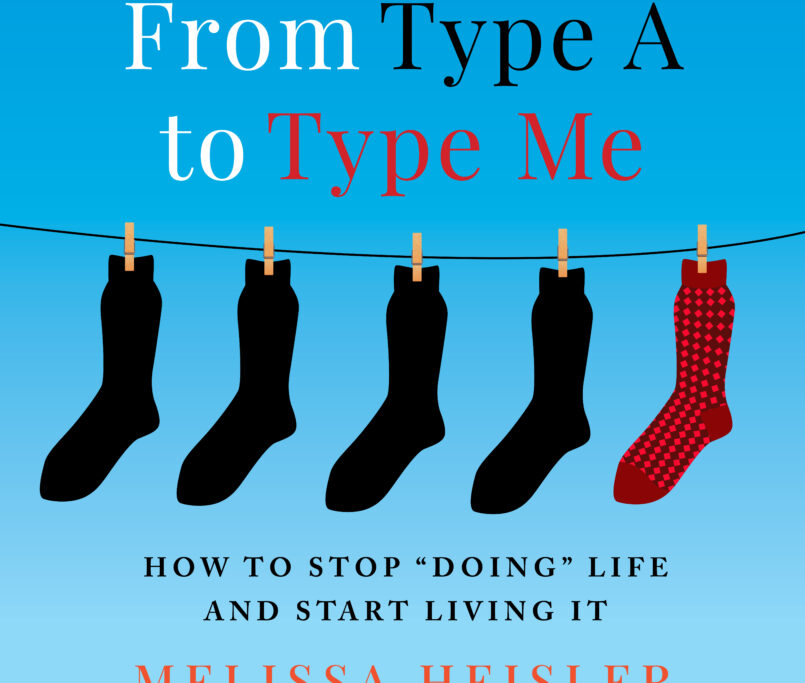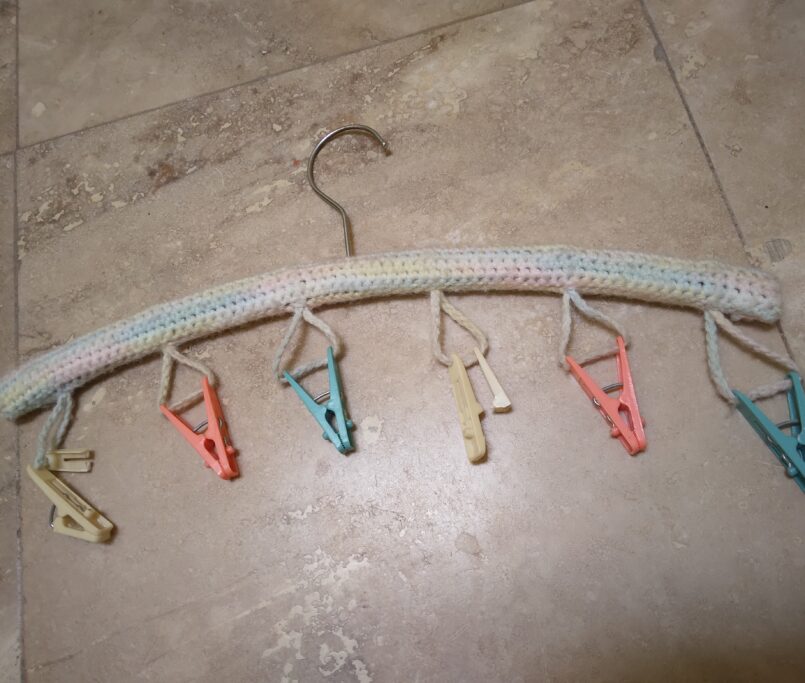Want Better Health? Listen to Your Body
The other day I had a good laugh. I was being interviewed on an AM Radio show and the host Annmarie Kelly commented on the preparation I did for my trip to Peru. “I was laughing because you were so diligent. You followed all the instructions. You kept a journal.” Her comments really showed what a rule-follower Type A I had been. I was meticulous, tied to tasks, following the directions, and trusting in the prescriptive process.
Over the decades, I handled my diet in the same diligent way. As I mentioned in a recent post, I have always had body issues because although I am short, I am not petite. Along with my build, the stress I used to experience caused issues with my digestion. So over the years I have tried a multitude of regiments to help with my weight, digestion, and health. Whether it was taking a host of supplements multiple times a day, cutting out certain foods, adding in new foods, following portion control, restricting food combinations, or eating at specific times each day, strict, precise, and exacting did not begin to describe how I would follow the programs.
And none of them really worked. Finally, the other day I realized why.
 A series of videos by Susan Peirce Thompson talk about the neuroscience of food addiction and the susceptibility of people to overeating. At the end, she had another prescriptive program to sell, but the gift she gave me was one of empowerment. Through her concept of the “susceptibility scale” I found an easy choice to food freedom. Don’t focus on food.
A series of videos by Susan Peirce Thompson talk about the neuroscience of food addiction and the susceptibility of people to overeating. At the end, she had another prescriptive program to sell, but the gift she gave me was one of empowerment. Through her concept of the “susceptibility scale” I found an easy choice to food freedom. Don’t focus on food.
On the low end of her scale are people like my husband who don’t think about food at all. Most times he will not eat at all during the day unless his stomach growls. Food is the last thing on this mind. As a result, even though he can indulge in chocolate, he is thin and healthy. I scored much higher on the scale. The reason being is my obsession with food. The diligence and focus I had on my diets, appeared to be the same reason food was an issue for me. I was thinking about food constantly from the time I woke up until I fell asleep. What I hadn’t realized is not everyone thinks about food all the time. And we have the option not to think about food. Being a good Type A I was following a program, focusing on when and what to eat, constantly preoccupied with food, and therefore I was constantly eating even when I was not hungry. I was following the program. I was not following what my body really wanted. I wasn’t listening to my needs. I was following rules.
Over the last few weeks I have changed my eating. I eat when I am hungry. If that is six meals a day or two small ones, if that is what my body wants, that is what it gets. I don’t worry about right or wrong or what this or that medical expert recommends. My body knows what it needs and that is what I give it. And I don’t think about it in between. Throughout my day if Type-A food preparation plans come to mind, I gently release them. This is not the place or the time.
For me this new outlook has also helped with cravings for “bad” foods. If I want this or that food, I first check if I am hungry. If not, I don’t eat it. I also look into why I want it. Do I have a need for salt to replace minerals or a for a wake-me-up jolt of caffeine? If I am hungry and my body is asking for it, I eat it – without guilt and without overeating. If my desire for the food comes from emotional or psychological needs, if I expect any food to act as a hug, love, comfort or a release from boredom, then no. I listen to my body’s needs not my emotional desires in food choices.
Now I eat slowly and have learned what it feels to be full. I am no longer a member of the clean plate club. The other day I made a delicious salad. Lots of lettuce, tomato, cucumber, olives, tuna, and healthy olive oil to top it off. I ate about a third of it and realized I was full. In the past I would have eaten the rest because I made it. This time, I didn’t. I put the leftover salad into the refrigerator until I was hungry again.
Finally, I am aware of how my body feels after eating. Over the years I have determined that my body works best on whole unprocessed foods. I know I have negative reactions to gluten or having more than one cup of coffee a month. When I feel that emotional desire for foods that do not serve my body, recounting how they affect my body afterwards can help me say no to the foods and yes to a healthy body.
So here is the new diet I follow:
- I eat when I am hungry.
- I stop eating when I am full.
- I discern if my body or my emotions want the food. I only eat what my body needs.
- I eat slowly, consciously, with joy, and without guilt.
- I choose foods that do not negatively affect my body.
These five simple guidelines are a much easier regiment to follow then any of my diets in the past. And they seem to be working much better.
What is your relationship with food? What are your thoughts about following prescriptive diets?





